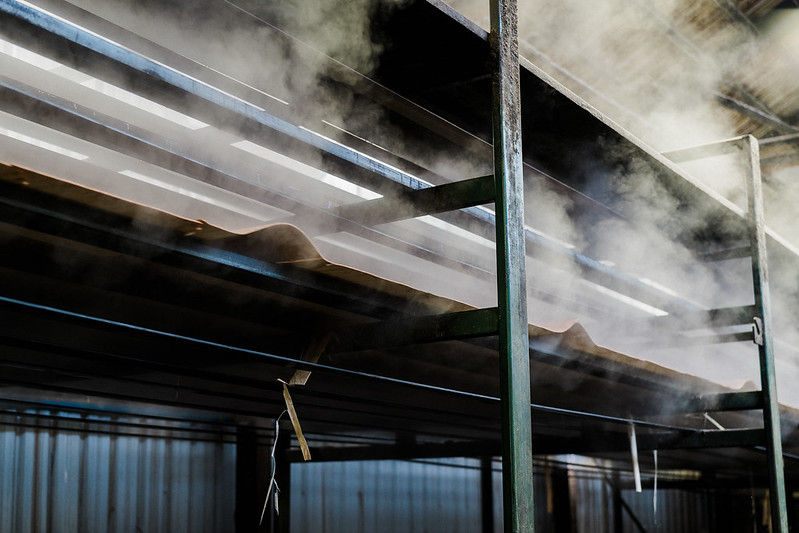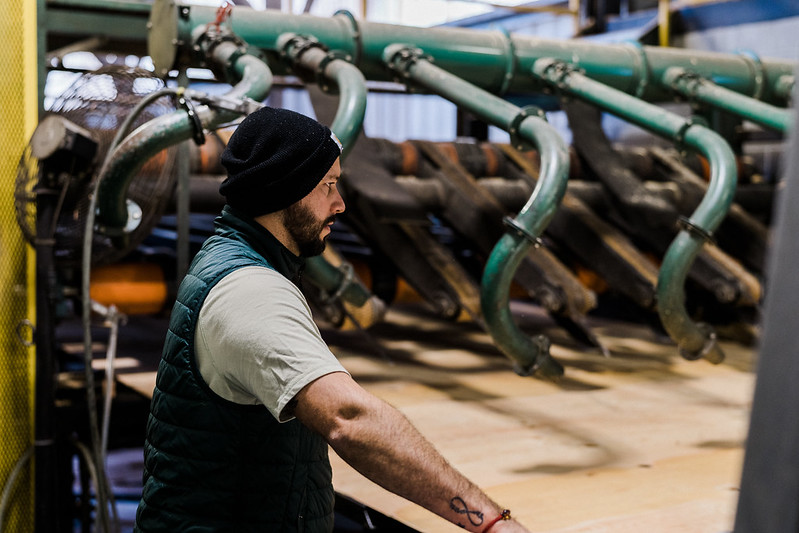The Mass Ply facility is booked for the next several months at our current production levels. This is extremely gratifying considering the efforts everyone has put in over the last couple years to make our unique Mass Timber product a success.
We are completing several large projects in Washington and Oregon and will soon begin an 18-story Mass Timber construction in Oakland, California. We hope that this type of project will soon become the norm as our clients realize the benefits of building faster and taller with wood. While the housing market is suffering due to higher interest rates, the multi-family market is flourishing. MassPly is ideally suited to multi-story multi-family construction so it seems we may be in the right place at the right time.
The plywood markets, remarkably, have come to life in the last month. The past three weeks we saw the best sales volumes we’ve seen since last summer when the Fed started hiking interest rates. Pricing has improved as well, considering ½” 4-ply rebounded more than 12% over the last couple of weeks. Mills now have modest order files as well, which gives some backbone to the marketplace and will likely keep buyers off balance for the near term.

Veneer is still on the weak side as the plywood market gains momentum. There is the prerequisite lag as producers draw down current inventory for future sales and begin looking for material to fill holes in production.The LVL market is still weak as well. This is very concerning since LVL producers have the capacity to consume massive amounts of veneer when markets accommodate. There is a general sense that improvement in the LVL market will come in the next month, or at the latest by the start of the second quarter. This is all speculative, however, as we respond in the short-term to immediate market conditions.
There is a very real possibility that plywood will lead to a veneer rebound this time instead of LVL. Dry veneer gained strength the last couple of weeks as winter weather hit natural gas capacity and then a temporary supply disruption led to a day of down time across more than 100 northwest industrial consumers.

Regardless of some of the immediate strengths in the markets, there is still a sense that the markets are unhealthy. Log prices continue to be exceedingly high in the northwest, leading to a situation where margins are thin to non-existent. Future log supplies are expected to be slim due to lingering effects of the 2020 Labor Day Fires, the Private Forest Accord, and reduced harvest on Federal lands due to environmental group litigation and negligence. Canadian producers have announced massive pre-emptive production reductions in lumber and panels due to regulatory reductions in harvest rates north of the border.
There is an apprehension that a recession hasn’t really hit us yet and producers are exceedingly cautious, much like their customers. No one is willing to speculate and all are running close to orders. As we saw in 2020 and 2021, these kinds of tight market conditions can lead to wild swings in prices
The National Association of Home Builders projects that there will be a mild housing recession at the beginning of 2023, which will ease by the end of the year. They believe a national structural housing deficit of 1.5 million residences and the potential of the Fed easing rate hikes mid-year will result in significant recovery in 2024. Let’s hope they are correct, and optimism will return to the marketplace.
Subscribe
We’ll send you a notification when a new story has been posted. It’s the easiest way to stay in the know.